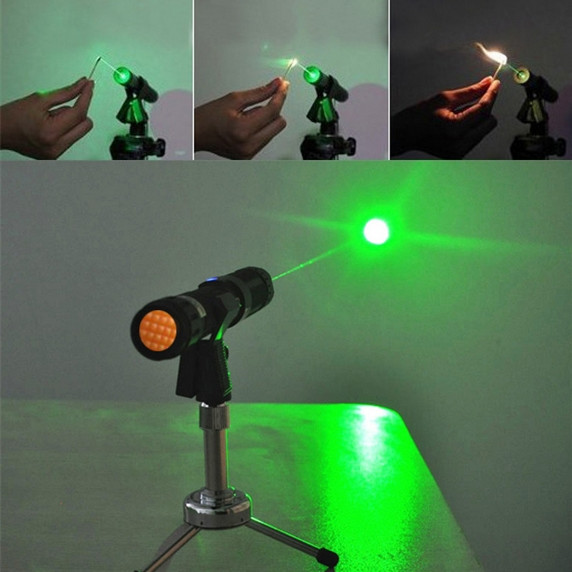The light emitted by the light source is the extreme ultraviolet laser. With the extreme ultraviolet laser, scientists seem to have a “microscope” that can detect the microscopic world. What is more amazing is that the laser pointer issued by “Dalian Light Source” is not only a “microscope”, but also a “camera” that can record the movement of molecules and atoms.
In fact, many physical and chemical processes closely related to human life are essentially the reaction process of molecules and atoms. The third-generation synchrotron light source created by mankind can “take pictures” of particles in the microscopic world. In contrast, “Dalian Light Source” has been advanced enough to join frames of “photographs” to “make movies” for molecules and atoms, and dynamically record the entire process of its physical and chemical reactions.
In terms of the brightness of light, it is defined as the number of photons emitted per unit time, within a solid angle, per unit area, and per unit wavelength range. From the image point of view, the brightness of sunlight is 10,000 times that of general household incandescent lamps, and the brightness of the third-generation artificial light source is 10 billion times that of sunlight. The peak brightness of “Dalian Light Source” can reach 10 billion times that of the third-generation light source. The so-called “the world’s brightest” is well-deserved.
Tiled in a tunnel over 100 meters long, it is composed of three parts: accelerator, undulator and beamline station. The principle of luminescence is that a pulsed laser (driving laser) with a time width of several picoseconds first shoots a cluster of high-density pulsed electrons on the photocathode. The linear accelerator will accelerate this pulsed electron beam to an energy of 300 million electron volts. This is equivalent to passing electrons through an ultra-high voltage electric field of 300 million volts.
Then, another high-energy electron beam (seed laser) with a picosecond or sub-picosecond time width is irradiated on this high-energy electron beam. The electrons in the electron beam will be spatially modulated according to the wavelength of the laser under the action of the electromagnetic field of the seed laser. This is rich in harmonic components. Then, let the modulated electron beam continue to traverse a series of periodically changing magnetic fields, that is, the undulator. According to the principle of electromagnetism, electrons will fly forward at the speed of light in a periodic magnetic field, while swinging left and right, while radiating light forward.
The light emitted by electrons everywhere in the flight will be superimposed and strengthened. At the same time, the light radiated by the electrons themselves is also modulating the spatial distribution of the electrons themselves, so that the electrons radiate light more strongly. If the strength of the periodic magnetic field is properly selected, it will cause a certain harmonic component of the seed green laser pointer to self-excitedly amplify rapidly and reach saturation in the aforementioned manner, thereby outputting extreme ultraviolet light.
